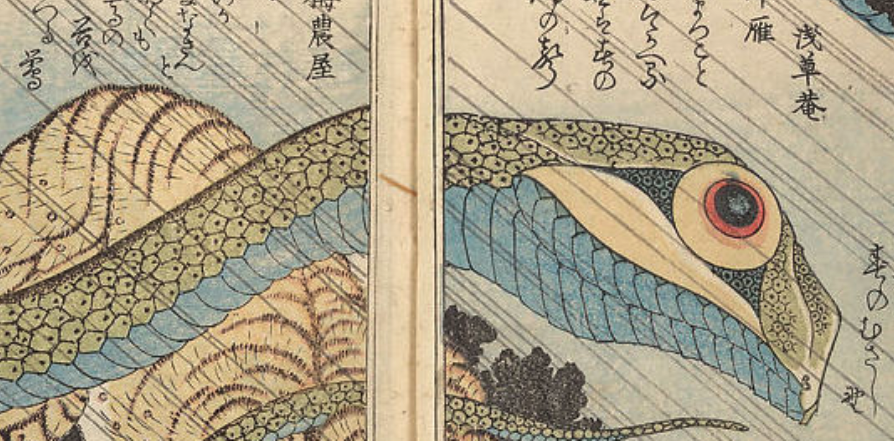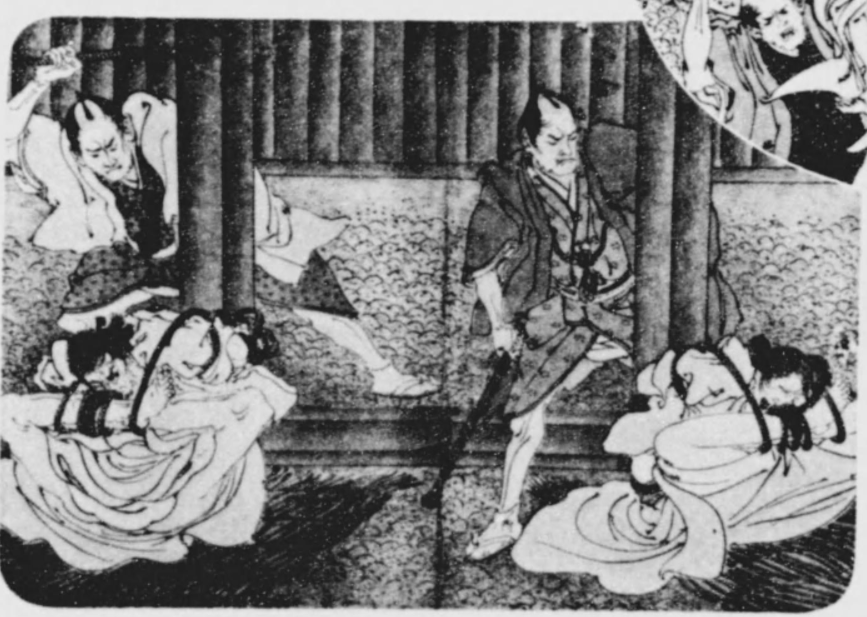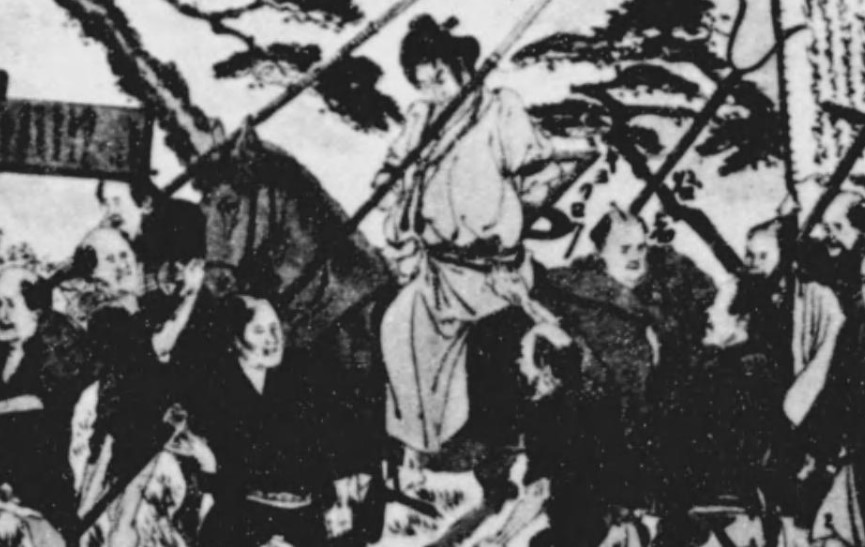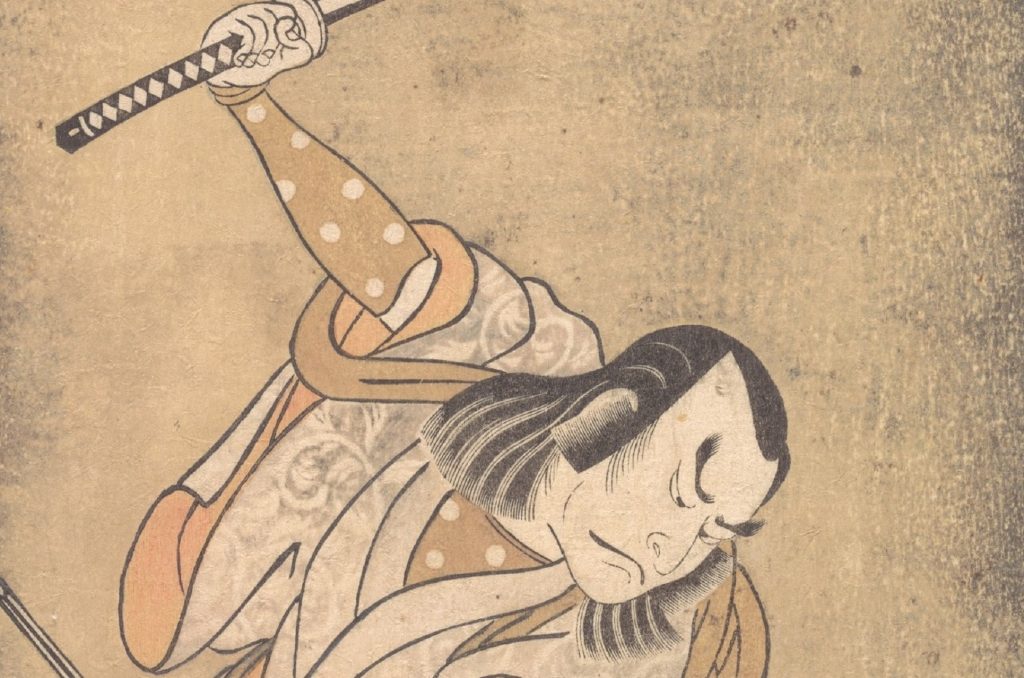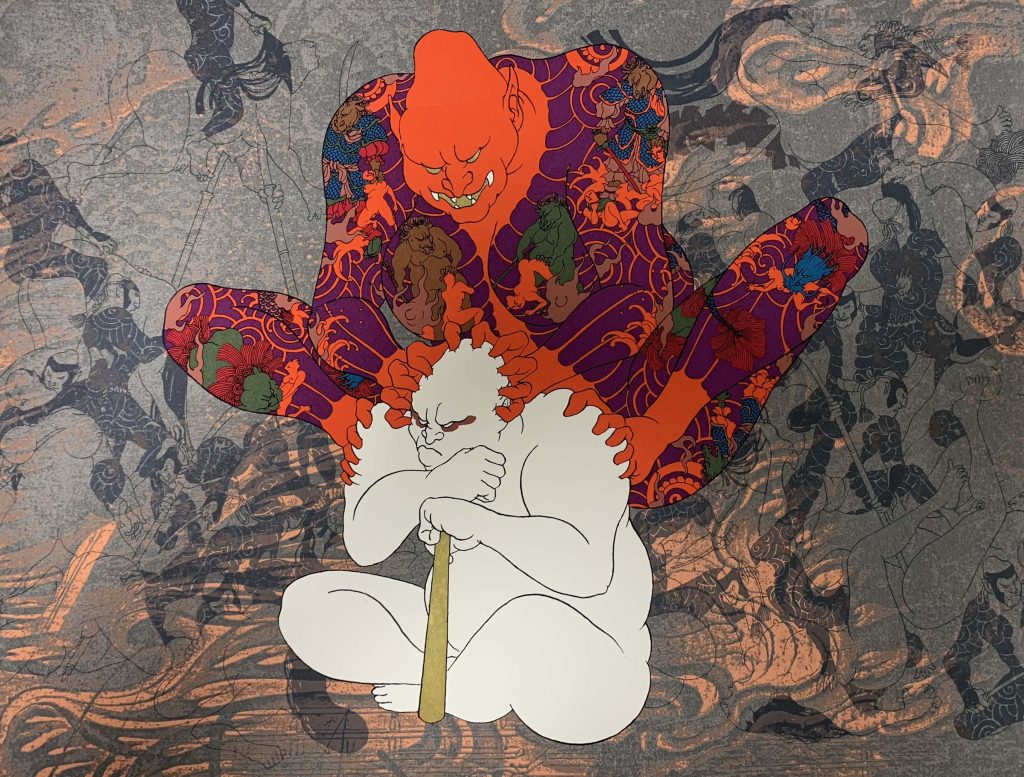Most of the snakes in stories seem to have a common image of being evil. In fact, they are most likely disliked by most people. So it is not surprising that in the past, there were tortures and executions using snakes. This section introduces the ‘Hebizeme (蛇責め; snake torture)’ that was once practised in Japan.
Trapping humans with snakes…
Torture and execution methods using snakes began to be used in Japan during the Kamakura period. The method at that time was a very forceful method of shoving snakes into the mouth. In the Warring States period, the method of ‘Hebizeme’ was often used to persecute Christians. Christians with their hands and feet tied were thrown in with a large number of snakes, with the jars or wooden boxes covered with lids. The snakes were then stimulated by people beating them with sticks or setting them on fire from the outside. The snakes inside would then be startled and bite anything in their vicinity, regardless of if it were another snake, or a human.
That was not all. Snakes have a habit of burrowing into holes. Trapped in jars and vats, with nowhere to escape, snakes burrow into human mouths, localities and anuses. Moreover, once inside the body, the snake’s scales are obstructive and cannot be easily removed. The snake, unable to breathe, then bites into the internal organs in an attempt to get out. It is a horrific torture that gives you goosebumps just to imagine it.

One person who is said to have actually carried out this ‘Hebizeme’ was Maeda Toshitsune (前田利常). Toshitsune was married to Princess Tamahime (珠姫), daughter of Shogun Tokugawa Hidetada (徳川秀忠), and they lived happily together. However, Tamahime’s wet nurse, fearing that information relating to the Shogunate would leak out from Tamahime, lied about her poor health and separated her from Toshitsune. Soon after, Tamahime, who was unable to see her husband, became weak with grief. Just before she died, Toshitsune was angered when she told him that her wet nurse had lied about everything, and killed the wet nurse by ‘Hebizeme’.
Torture and execution using snakes seems to have been practised not only in Japan but all over the world, as many of them are poisonous. In China, during the Shang dynasty, the ‘Taibon (蟇盆)’, in which poisonous snakes and scorpions are pushed down into a pit, was performed by Daji (妲己), known as the evil woman who was an incarnation of the nine-tailed fox. In Europe, there was a method known as the Cave of Roses, in which a large number of poisonous snakes, reptiles and insects were sent into a cave to bite or sting the prisoners inside, causing them to die of poison.
By the way, why are we afraid of snakes?
Having introduced ‘Hebizeme’, why are we so uncomfortable with snakes (even when we are not in danger of being attacked) in the first place? Torture and execution with snakes has existed since ancient times. However, during the Jomon (縄文) period, snakes were believed to symbolise rebirth, as they repeatedly shed their skin. In fact, many Jomon earthenware vessels have a serpent as a symbol of rebirth, either in the design or on the handle. The snake also frequently appeared in mythology, and in ancient Egypt it was considered to be a symbol of life and an awe-inspiring being with abominable and powerful powers to carry death. In this light, they may be the only creature with a dual nature.
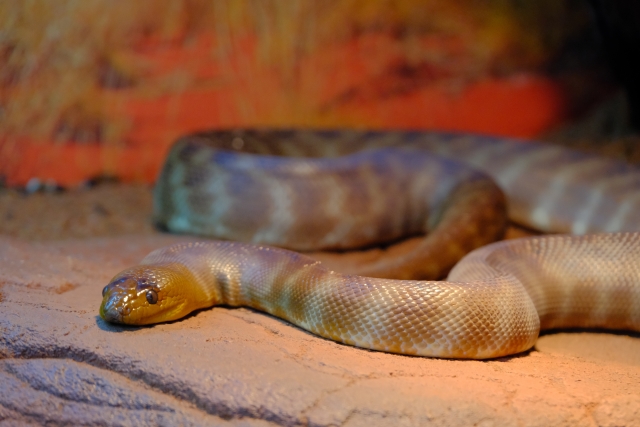
So why do we have an aversion to them? According to research by Associate Professor Kawai Nobuyuki (川合信幸) and his colleagues at Nagoya University’s Graduate School of Information Science and Technology, the secret can be traced back 6,500 years, when primates, the ancestors of humans, started living in trees. Eagles, hawks, cats and snakes were able to prey on primates, but it is thought that only snakes were able to reach primates in areas with branches over 30 metres high. It is said that in order to protect themselves from such snakes, humans developed in their brains the ability to sensitively identify snakes that were well camouflaged in trees and leafy vegetation. In other words, the human eye is so adept at detecting snake camouflage that it immediately feels fear.
In addition to snakes, lions, rats, elephants, hawks and all other creatures have been used for torture and execution in the world. The details are all so horrific, but we must not forget that the the creatures themselves, were also victims of these tortures conjured up by humans.
This article is translated from https://intojapanwaraku.com/rock/culture-rock/94599/






